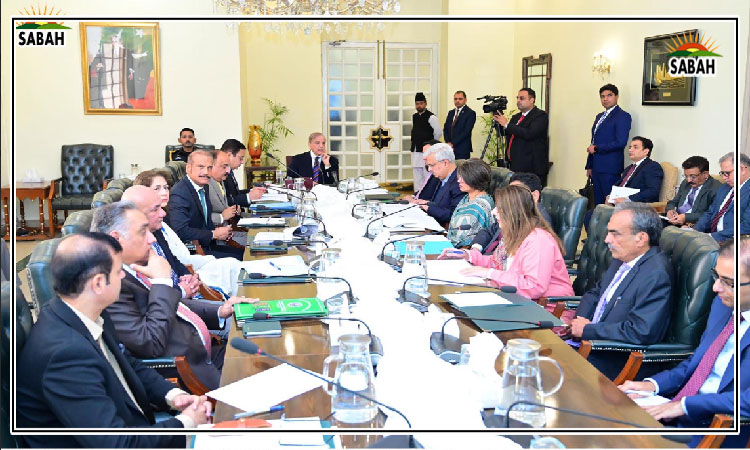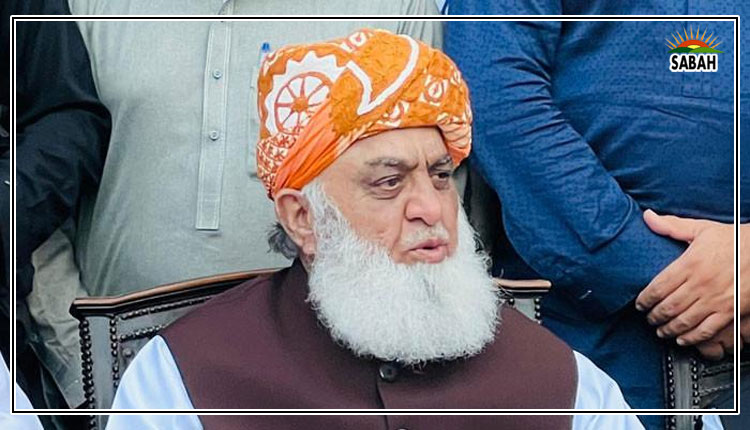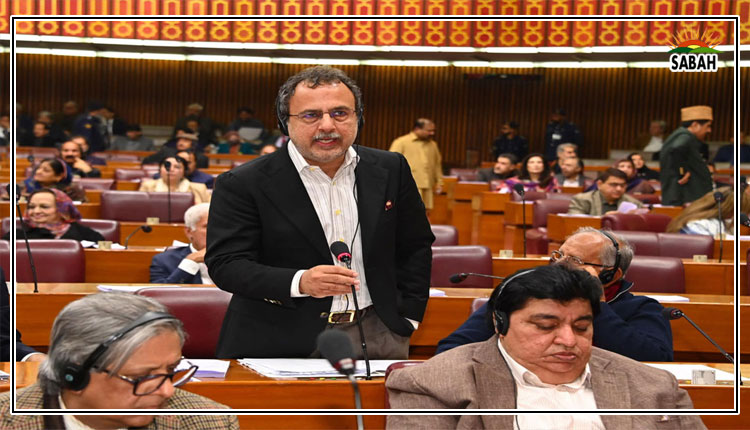Making solar accessible …. By Usama Abdul Rauf & Dr Abedullah Anjum
The roots of Pakistan’s energy-sector challenges can be traced back to the power policy initiated by the government in 1994 and supported by subsequent administrations. This policy, while designed to attract foreign investment, ultimately laid the foundation for many of the issues we face today.
The 1994 policy lures foreign investors by guaranteeing returns indexed to the dollar and US inflation, instead of local economic indicators. Additionally, it promised a substantial 17 per cent return on equity (ROE), making it an irresistible deal for investors. However, this approach tied Pakistan’s energy sector to the whims of foreign markets and economic conditions, rather than focusing on sustainable local development. The repercussions of this policy are still felt today, as the country’s energy sector struggles to balance supply and demand, often at the expense of the average citizen.
Historically, the government has been hesitant to allow small private sector involvement in energy generation, citing concerns over environmental degradation. The fear was that private investors would favour coal, oil, and other thermal energy sources, which would exacerbate emissions and environmental issues. This concern was valid previously, but now it has become irrelevant because of the clean energy revolution.
Today, we find ourselves at a crossroads. Clean energy technologies, particularly solar power, have advanced significantly and are now both viable and attractive to investors. It is time for the government to rethink its stance and allow the market to drive energy production and pricing. By inviting local private investors to invest in solar electricity generation, we can create a more competitive and efficient energy market that benefits both consumers and investors.
Currently, a middle-class family, typically with 1-2 air conditioners, 3-4 bedrooms, and 4-5 members, is paying an electricity bill of around Rs40,000 per month, with variations ranging from Rs50,000 to Rs60,000 in summer and Rs30,000 to Rs40,000 in winter. This implies that such a household is paying approximately Rs480,000 per annum.
A common consumer wants to reduce their electricity bills by adopting any possible tools that can offer a sustainable price mechanism for a longer period. A market for green energy can offer a win-win situation both for local consumers and the domestic small-scale private sector. The installation of a 10kW solar system, costing approximately Rs1.2 million, generates about 60-70kWh per day in summer and about 30-45kWh in winter, which is sufficient for a home with 2-3 air conditioners and other appliances.
If the consumer does not have the resources to make this investment, the domestic private sector is willing to make such investments. Through solarization, the private sector can meet the required demand at a cost of Rs350,000 (Rs30,000/month) after the solar system installation, creating a substantial financial incentive for a household.
From the investor’s perspective, the initial investment would be recovered in about three to four years, after which they would start earning returns for nearly 21 years, given that the average lifespan of a solar system is approximately 25 years. This win-win situation encourages both investment in renewable energy and affordability for consumers, fostering a sustainable energy market.
Moreover, allowing the private sector to play a more significant role in energy generation would drive competition among investors at a small scale, ultimately leading to more competitive pricing and innovation. Reduced transmission losses, lower electricity prices, and increased energy efficiency are some of the anticipated benefits of such a market-driven approach.
Policy specialists have long argued that market-driven pricing mechanisms are more beneficial for citizens. According to a report by the World Bank, market-based energy pricing can lead to more efficient resource allocation and better service quality. Additionally, it reduces the need for government subsidies and loans, which have historically burdened the economy.
Currently, many consumers resort to bank loans to finance their solar installations, often facing high-interest rates and long repayment periods. Under a market-driven system, these consumers will not need to take out loans, as domestic private investors will bear the initial costs. This not only makes solar energy more accessible but also alleviates the financial strain on consumers.
The potential for such a system is evident in the success stories from other countries. For example, Germany’s Energiewende initiative, which promotes renewable energy and energy efficiency, has transformed the country’s energy landscape. According to the German Federal Ministry for Economic Affairs and Energy, renewable energy accounted for 45.4 per cent of Germany’s electricity consumption in 2020, a significant increase from previous years. This shift was driven by supportive policies and substantial private investment in renewable energy.
In brief, the incompetency and blunders of past government agreements have left citizens to bear the brunt of an inefficient and costly energy sector. However, by embracing a market-driven approach and encouraging private investment in renewable energy, particularly solar power, we can create a more sustainable and equitable energy market. This shift not only benefits consumers through lower electricity costs and reduced financial burdens but also fosters innovation and competition within the energy sector.
It is time for the government to acknowledge the potential of renewable energy and the role of private investors in driving the country’s energy future. By doing so, we can overcome the challenges of the past and pave the way for a brighter, more sustainable future for all.












